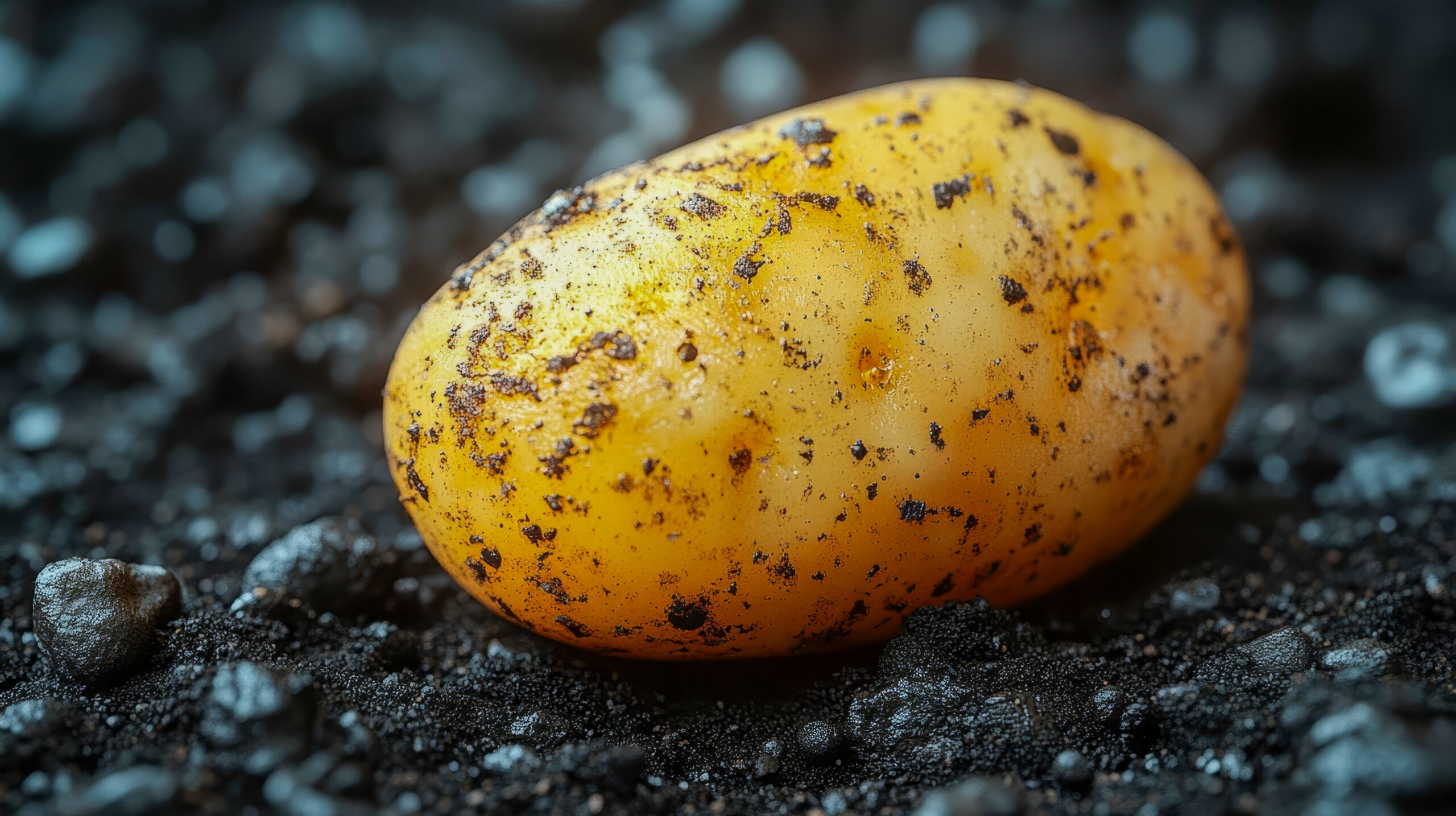How to Grow Potatoes Without Soil: A Beginner’s Guide to Aeroponics
Growing potatoes without soil might sound like something out of science fiction—but it’s very real, and surprisingly efficient. With aeroponics, you can grow spuds in mid-air, boost your harvest, and cut down on water use—all without ever touching a shovel. Whether you’re a home gardener short on space or a tech-savvy farming enthusiast, this guide will walk you through how to grow potatoes without soil using aeroponics.
What Is Aeroponics and How Does It Work?
Understanding Aeroponics
Aeroponics is a soil-free growing method where plant roots are suspended in air and regularly misted with a nutrient-rich solution. This system promotes faster growth and higher yields compared to traditional soil gardening. For potatoes, which typically require a lot of space underground, aeroponics opens up a whole new world of efficient, space-saving cultivation.
What You Need to Get Started
Before you begin growing potatoes aeroponically, gather the following essential materials:
Aeroponic growing system (DIY or commercial setup)
Certified seed potatoes or healthy potato cuttings
pH testing kit and pH adjustment solutions
Balanced nutrient solution formulated for root vegetables
Net pots or holders to support potato cuttings
Make sure your setup is placed in a stable, controlled environment, such as a greenhouse or indoor growing tent, for the best results.
Step-by-Step Guide to Growing Potatoes Without Soil
1. Set Up Your Aeroponic System
Assemble your aeroponic system according to the manufacturer’s instructions or your custom design. Ensure that the misting nozzles cover the root zone evenly and that your reservoir is secure.
2. Prepare and Plant the Potato Cuttings
Use either small seed potatoes or cut tubers with at least one “eye” each. Place them in net pots so that the roots can dangle freely into the misting chamber. Ensure that the sprouting side faces upward.
3. Mix and Adjust the Nutrient Solution
Create a nutrient solution tailored for tuberous plants. Monitor the pH carefully—potatoes thrive in a slightly acidic environment, ideally between 5.8 and 6.2. Adjust as needed using your pH kit.
4. Maintain Regular Misting
Your system should mist the roots with the nutrient solution every few minutes. This frequent misting delivers oxygen and nutrients directly to the root zone, boosting absorption and minimizing waste.
5. Monitor Growth and System Conditions
Check your system regularly to ensure the nutrient levels remain balanced and the misting nozzles stay unclogged. Monitor pH levels, water temperature, and any signs of disease or stress in the plants.
6. Harvest Time
Potatoes are typically ready to harvest when the plants flower and the foliage begins to yellow and die back. At this point, carefully remove the net pots and collect your soil-free spuds.
Why Choose Aeroponic Potato Farming?
Key Benefits
Higher Yields: Nutrient misting promotes faster, denser tuber formation.
Reduced Disease Risk: No soil means fewer soil-borne pests and diseases.
Water Efficiency: Uses up to 90% less water than traditional farming.
Space Saving: Ideal for vertical farming or urban gardening setups.
Cleaner Produce: No soil cleanup required after harvest.
Final Thoughts
Learning how to grow potatoes without soil using aeroponics might seem like a futuristic concept, but it’s practical, sustainable, and rewarding. Whether you’re experimenting in your garage or scaling up in a commercial greenhouse, this method is changing how we think about food production. Give aeroponic potatoes a try—you might never go back to digging in the dirt again.

